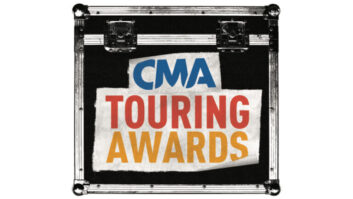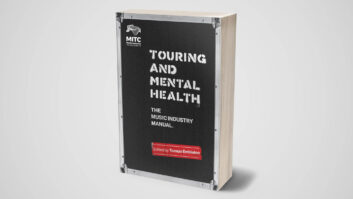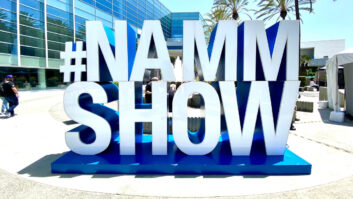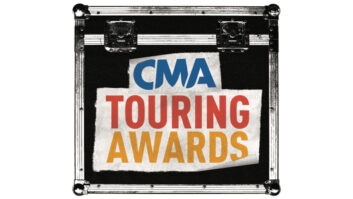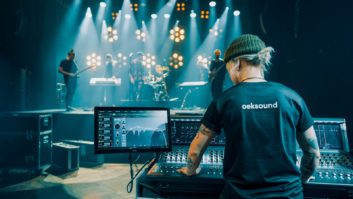Networking is becoming ubiquitous in live sound, both for install and for portable/touring applications. What are the challenges and practical implications as end users deploy systems? What clever solutions are they coming up with now that they have some experience under their belts? We explored these questions in a cover story for the June, 2015 issue of Pro Sound News; what follows is further discussion beyond the printed article.
Twenty-four years after publication, the AES10 standard—MADI—is still going strong. Waithe had initially specified RedNet 6 boxes to provide distributed signal I/O in The Juilliard School’s Peter Jay Sharp Theater, he recalls. “Then DiGiCo changed its software; now, with the ‘copy audio’ function, I can take the MADI stream from any rack and select what order the inputs are sent to the main MADI output. MADI is turning into a Dante-like system.” Since MADI may be split from either SD10, over fiber, or the RedNet rig, sends to the recording department are triple redundant.
The theater system offers flexible interoperability via Dante, Optocore and MADI with the facility’s recording department, he adds. “All of that is able to interface with the recording department, or anybody else.
Dean has only recently implemented recording for archiving and virtual soundcheck in his rig with KC and the Sunshine Band. “My MacBook Pro, running Windows, hooks into the switch on the primary side [of the Dante network]. When I start Nuendo it transfers all my channel names from the CL; you have to run CL Extension on your laptop to facilitate the seamless integration of Nuendo and the Yamaha. It’s really sweet, you don’t have to type labels. My laptop is taking the 40 tracks right off the Rio racks, not the direct outs of the console—that’s the rawest form of the input.”
There was an initial mishap when an urgent request from the artist to record a new arrangement during soundcheck highlighted the need to fully test the workflow, he says. As it turned out, the recording studio had trouble accessing Dean’s NTFS files.
“We were under the gun and I didn’t back up the drive. There’s a lesson to be learned. Record in a format that’s compatible. In fact, do a test and run it through the whole chain,” he advises.
Human error aside, “The network stuff has been rock solid,” says Dean. “But the thing that really reached out and grabbed me was the sound quality.” At a casino gig in Laughlin, NV with the new Dante-networked Yamaha rig, the keyboard player’s Hammond B3 patch on his Korg Trinity sounded like the real thing, says Dean. “I had it panned out wide. It had that shimmer; I was taken aback. I was impressed that this was with Dante. I’ve got a big band—40 simultaneous channels cranking away—but the network doesn’t really seem to care.”
At Beltway Park Baptist Church, Moore, who has been on-staff for 14 years, designed the audio, video and lighting systems at both campuses, as well as the electrical distribution at the new satellite location on the northern outskirts of Abilene. Sound Productions in Dallas, the church’s preferred provider for the past 12 years, supplied the new equipment.
At the recently constructed 48,000-sq.-ft. North Campus, which officially opened at the end of March 2015, RedNet 4 microphone preamps provide a 40-channel split from the worship center stage to the DiGiCo SD9 via a RedNet 6 MADI bridge. At the 80,000-sq.-ft. South Campus, dating back to 1996, 48 channels of RedNet 4 split from the stage via a RedNet 6 to the Avid Venue console. Audio at both campuses may also be routed to a RedNet 5 Pro Tools interface.
At both campuses the network also interconnects a variety of other Dante-enabled equipment, including I/O interfaces and Behringer mixing consoles, for use in smaller venues around each facility. An HP ProCurve 10 Gigabit Ethernet backbone carries additional traffic, including other audio transport protocols, DMX lighting command data and multiple streams of IP-based HD video, in addition to the Dante network. Moore oversaw the installation by an in-house team of the equipment at the North Campus through his consulting company, Earsight Design.
One big advantage of the Dante network for Moore is the ability to route anything through the Focusrite preamps, which he describes as “musical and open.” “When you’re spending someone else’s money—because people have donated money to the church—you want to maximize that. What RedNet offers is a cost saving, because you can not only utilize audio in different venues on the campus simultaneously but also utilize the high-end mic preamps by re-routing the audio. The system is the same price as an analog split, except now I have high-definition audio anywhere and everywhere I want it with the click of a mouse.”

